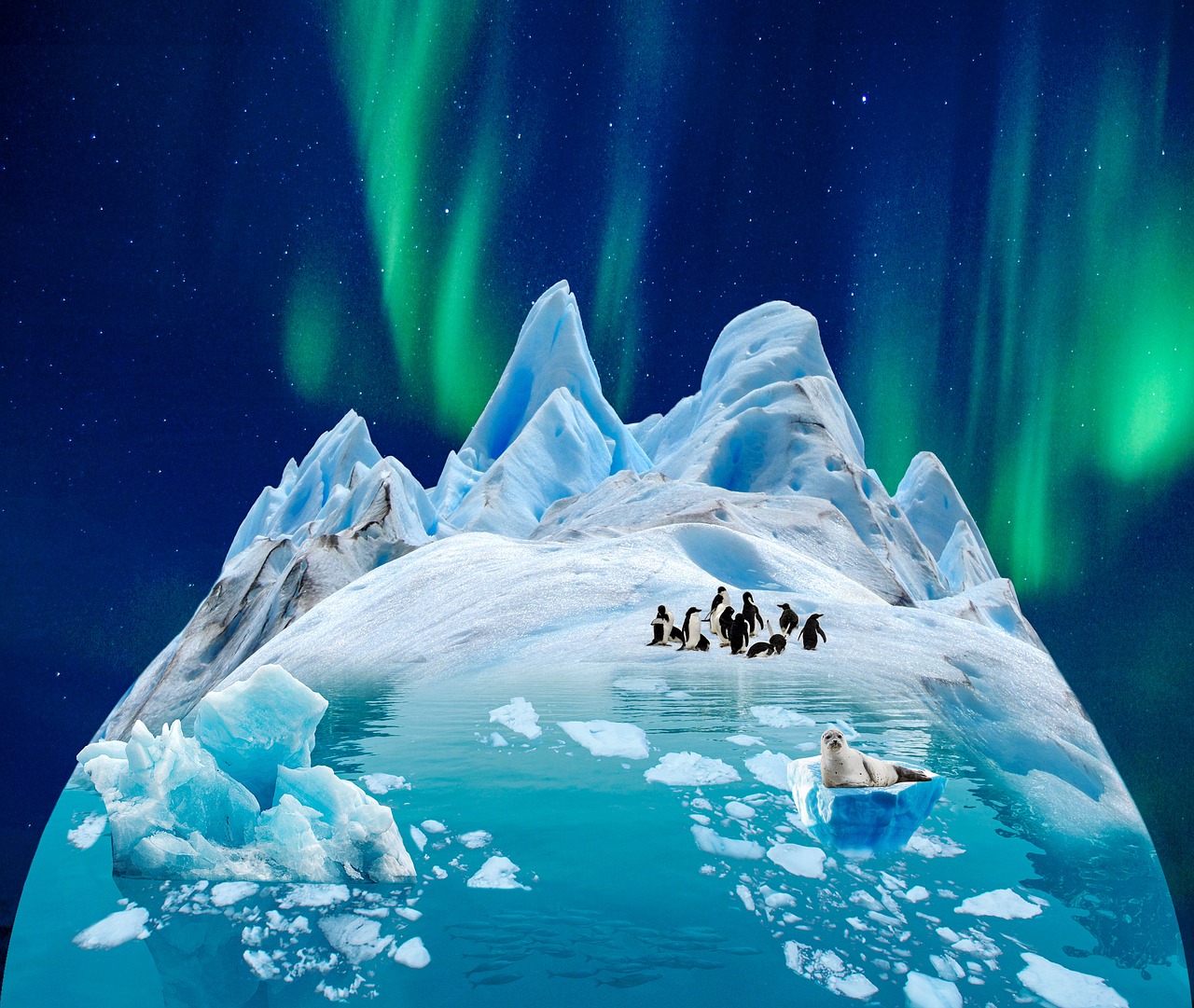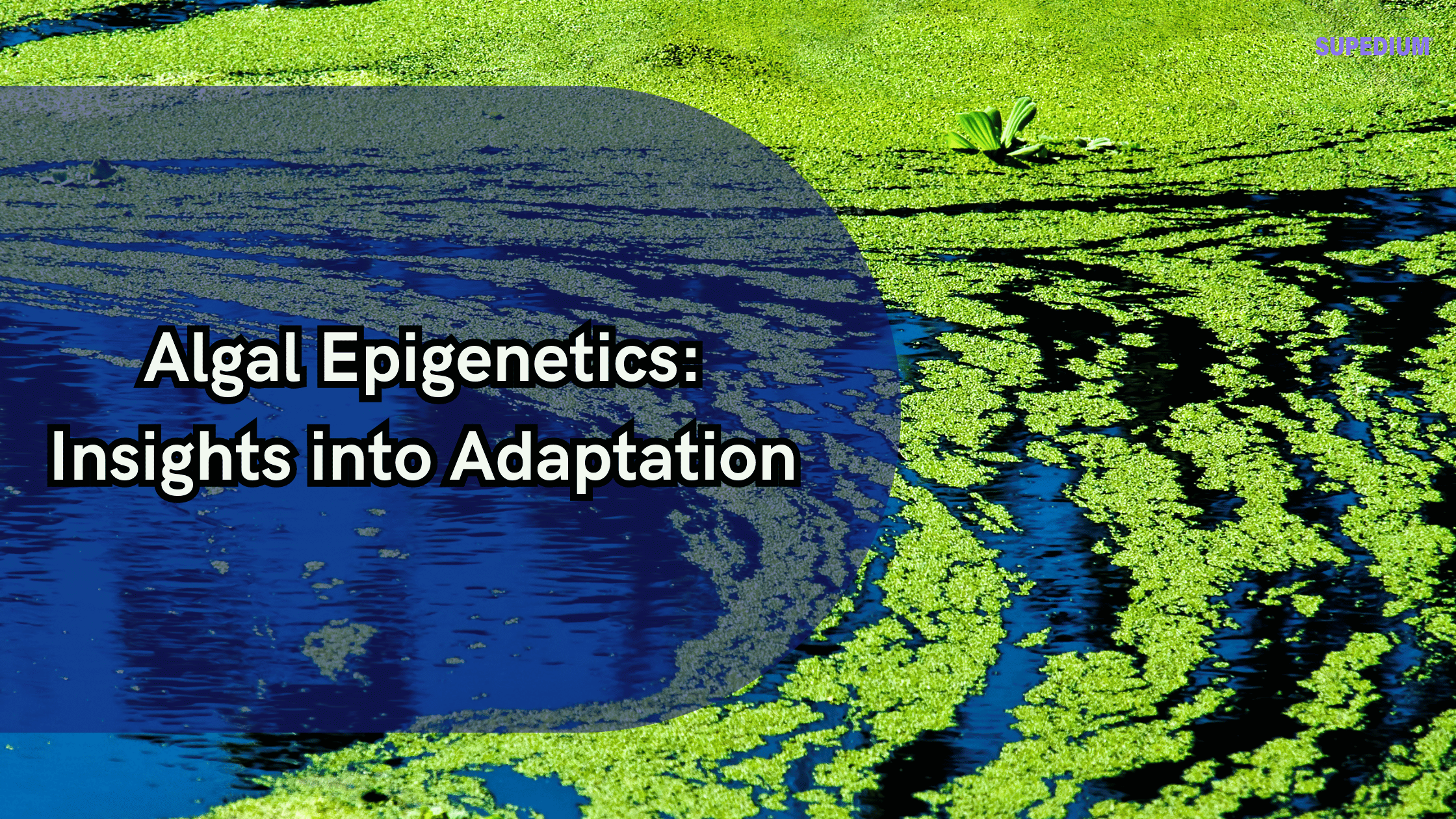Table of Contents
![]()
Introduction
Climate change, driven primarily by human activities, has become one of the most pressing challenges facing our planet today. Its effects extend far beyond rising temperatures; they profoundly impact ecosystems and the diverse wildlife that inhabit them. Understanding how climate change affects wildlife is crucial for developing effective conservation strategies. This article explores the various ways climate change impacts wildlife, from habitat loss to altered migration patterns, and discusses both natural adaptations and human interventions that can help mitigate these effects.
Understanding Climate Change
Causes of Climate Change
Climate change arises from a combination of natural processes and anthropogenic (human-induced) factors. The burning of fossil fuels, deforestation, and industrial activities have led to an increase in greenhouse gas emissions, which trap heat in the Earth’s atmosphere. While natural phenomena like volcanic eruptions and solar radiation also influence climate, the current rate of change is primarily attributable to human actions.
Evidence of Climate Change
Numerous indicators confirm that climate change is occurring. Global temperatures have risen significantly over the past century, with the last decade being the warmest on record. Additionally, the melting of ice caps and glaciers contributes to rising sea levels, while shifts in weather patterns lead to more frequent and intense storms, droughts, and floods.
General Impacts of Climate Change on Wildlife
Habitat Loss and Degradation
One of the most immediate effects of climate change is habitat loss. As temperatures rise, many ecosystems, such as wetlands, forests, and coral reefs, face degradation. Ocean acidification, caused by increased CO2 absorption, poses a severe threat to marine life, particularly organisms like corals that rely on calcium carbonate for their structure.
Changes in Food Availability
Climate change disrupts food chains, affecting both predators and prey. As plant life responds to changing temperatures and precipitation patterns, herbivores may find their food sources diminished or altered, leading to declines in populations. Consequently, predators may struggle to find adequate food, creating a cascading effect throughout the ecosystem.
Altered Migration Patterns
Wildlife migration is closely tied to seasonal changes in climate. Many species rely on specific environmental cues to determine when to migrate or breed. As temperatures rise and weather patterns shift, these cues become unreliable, leading to altered migration timings and routes. This misalignment can disrupt breeding cycles and affect survival rates.
Species-Specific Impacts
Terrestrial Wildlife
Mammals
Terrestrial mammals, such as polar bears and koalas, face significant threats from climate change. Polar bears, for instance, depend on sea ice for hunting seals. As ice melts due to rising temperatures, their hunting grounds shrink, leading to nutritional stress and declining populations. Similarly, koalas are vulnerable to increased temperatures and droughts, which can damage their eucalyptus habitats.
Birds
Birds, particularly migratory species, are affected by changes in their breeding and feeding areas. Many migratory birds rely on specific habitats that may no longer be available or suitable due to changing climates. For example, earlier springs can cause mismatches between breeding times and the availability of food resources.
Aquatic Wildlife
Fish Populations
In aquatic ecosystems, fish populations are significantly impacted by climate change. Rising water temperatures can lead to shifts in species distributions, affecting local fisheries and ecosystems. Coral reef fish, for instance, are particularly vulnerable to temperature increases and ocean acidification, which can lead to coral bleaching and habitat loss.
Marine Mammals
Marine mammals like seals and whales also face challenges as prey availability changes. As fish species migrate to cooler waters, predators must adapt by traveling greater distances or altering their feeding strategies, which can impact their survival and reproductive success.
Amphibians and Reptiles
Amphibians and reptiles are especially sensitive to temperature changes and habitat alterations. Many species have specific temperature requirements for breeding and development. Increased temperatures can lead to habitat loss, reduced reproductive success, and heightened vulnerability to diseases, contributing to declining populations.
Ecosystem Interactions
Biodiversity Loss
The impacts of climate change can lead to significant biodiversity loss. Many species are unable to adapt quickly enough to changing conditions, resulting in increased extinction rates. Genetic diversity is essential for species’ resilience; however, climate change threatens this diversity, impacting entire ecosystems.
Changes in Predator-Prey Dynamics
Climate change alters predator-prey dynamics as species respond differently to environmental changes. For instance, if a prey species breeds earlier due to warmer temperatures, its predators may miss the opportunity to hunt them effectively, disrupting established food webs.
Invasive Species
Shifts in climate can facilitate the introduction of invasive species, which may thrive in new environments at the expense of native species. These invasive species can outcompete, prey upon, or introduce diseases to local wildlife, further destabilizing ecosystems.
Adaptation and Resilience of Wildlife
Natural Adaptations
Wildlife has evolved various adaptations to cope with changing conditions. Some species may adjust their behaviors, such as altering breeding times or migrating to new habitats. Physiological adaptations, like developing increased heat tolerance, can also play a role in survival.
Human-Assisted Interventions
Human intervention can aid wildlife adaptation. Establishing wildlife corridors can help species migrate to suitable habitats, while conservation efforts focused on habitat restoration can provide critical support for vulnerable populations. Additionally, research and monitoring can inform conservation strategies, helping to anticipate and mitigate the impacts of climate change.
Case Studies
Specific Examples of Affected Species and Ecosystems
Case studies illustrate the impact of climate change on wildlife. In Arctic ecosystems, polar bears face habitat loss due to melting ice. As their hunting grounds diminish, survival rates plummet. In coral reefs, rising sea temperatures cause widespread bleaching, affecting biodiversity and the livelihoods of communities dependent on these ecosystems.
Successful Adaptation Strategies
Despite the challenges, some species demonstrate resilience. For example, certain bird species have successfully shifted their migration patterns in response to changing climates, illustrating the potential for adaptation. Conservation programs that focus on habitat protection and restoration can further support these efforts.
Mitigation Strategies
Global Policies and Agreements
Addressing climate change requires collective action at the global level. Agreements like the Paris Agreement emphasize the need for countries to commit to reducing greenhouse gas emissions and protecting vulnerable ecosystems, including wildlife habitats.
Role of Conservation Organizations
Conservation organizations play a crucial role in mitigating the impacts of climate change on wildlife. They engage in habitat restoration projects, advocate for sustainable practices, and promote policies aimed at protecting biodiversity. Collaborative efforts between governments, NGOs, and local communities are essential for effective conservation.
Conclusion
The impact of climate change on wildlife is profound and multifaceted, affecting habitats, food availability, and migration patterns. As species face unprecedented challenges, understanding these impacts is critical for developing effective conservation strategies. Immediate action is necessary to protect vulnerable wildlife and their ecosystems, ensuring the resilience and survival of biodiversity in the face of a changing climate. Together, through informed action and global cooperation, we can work towards a sustainable future for our planet’s wildlife.
Share This





Be the first to comment